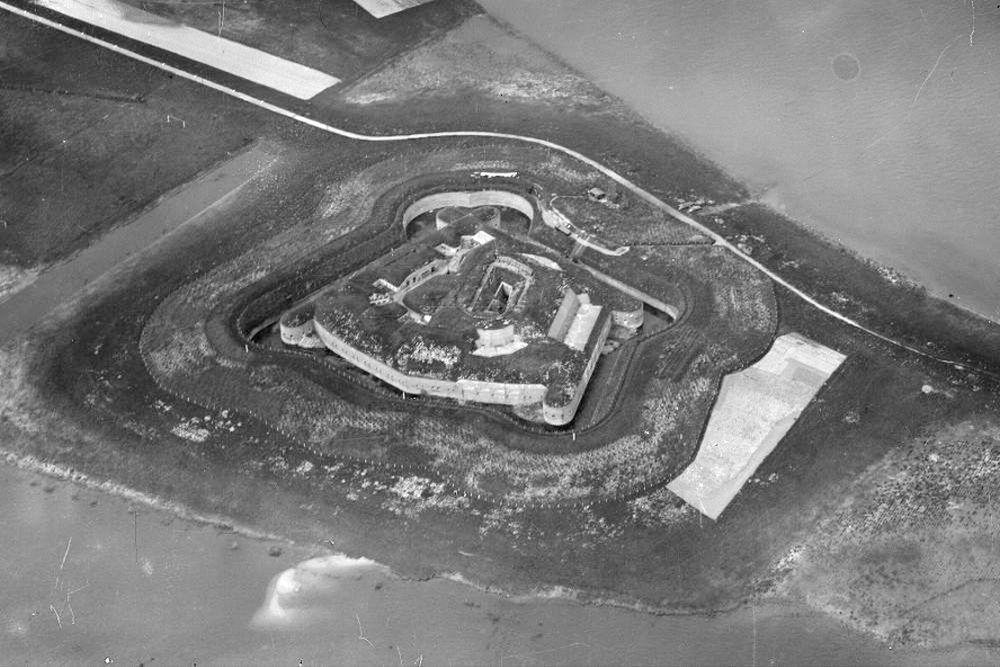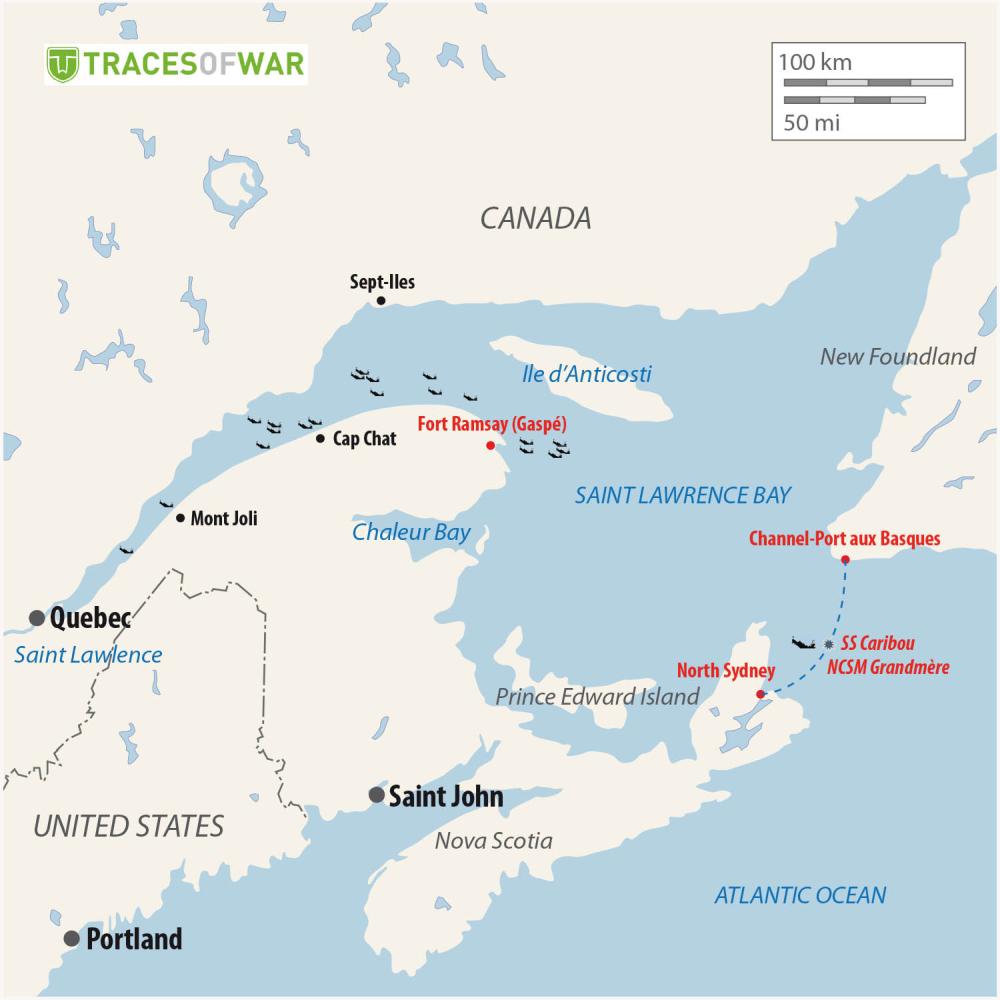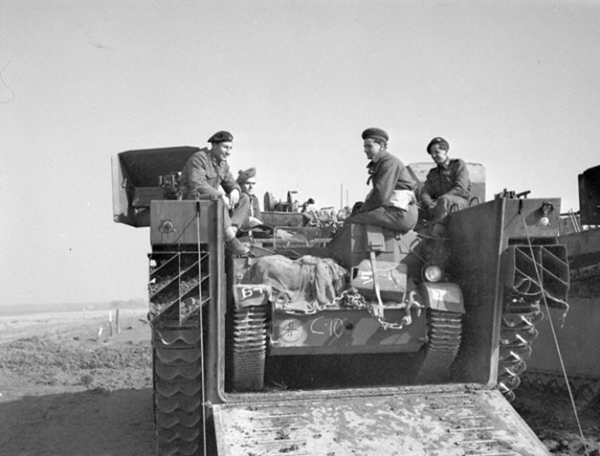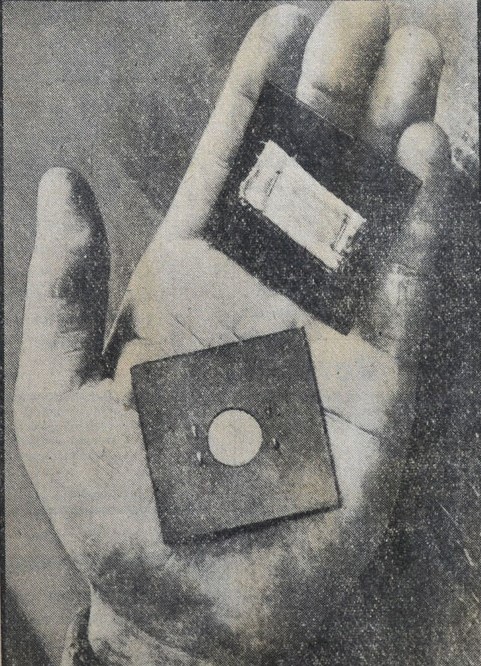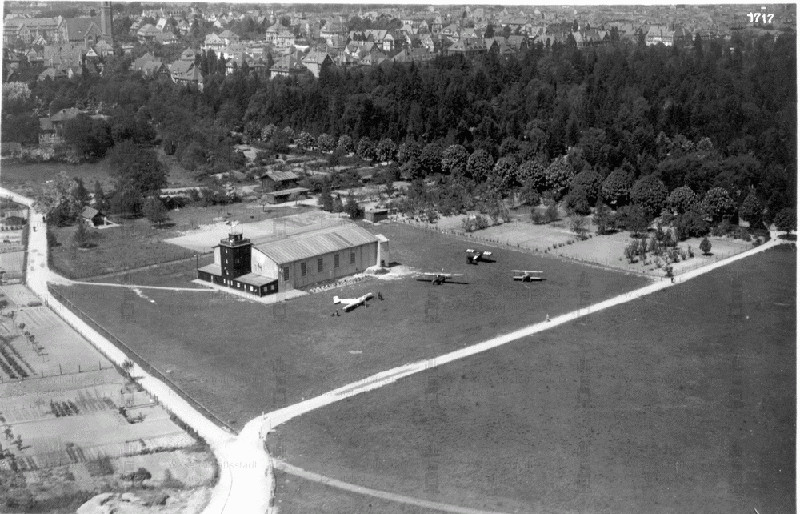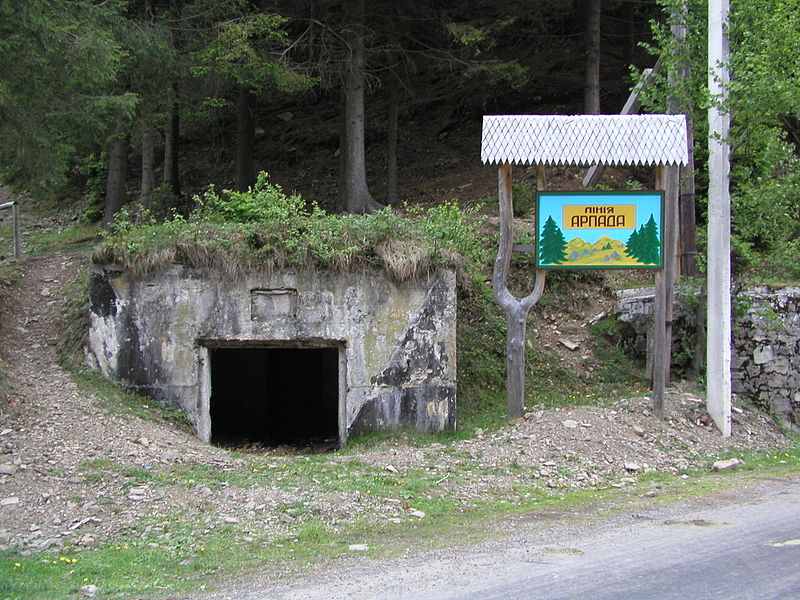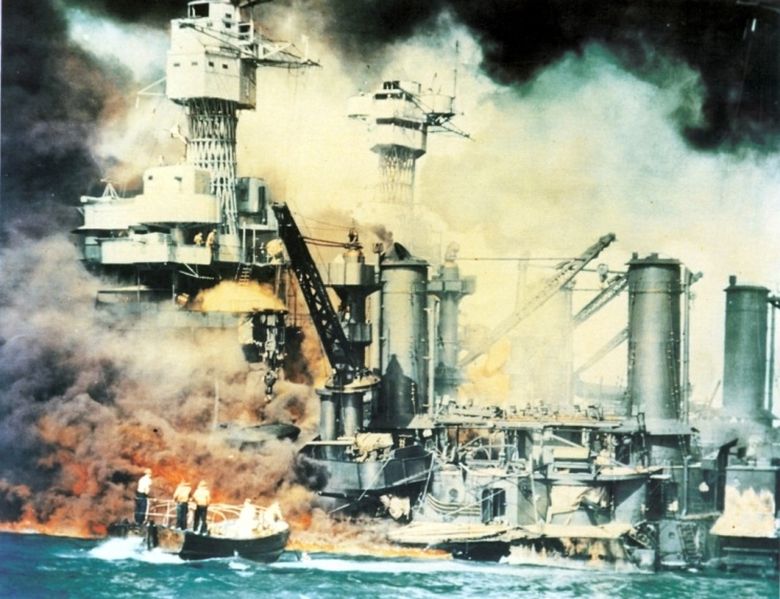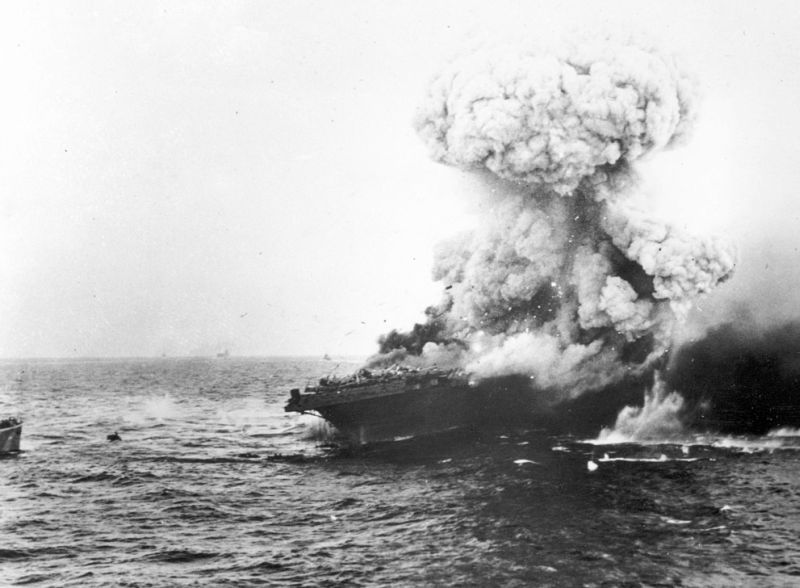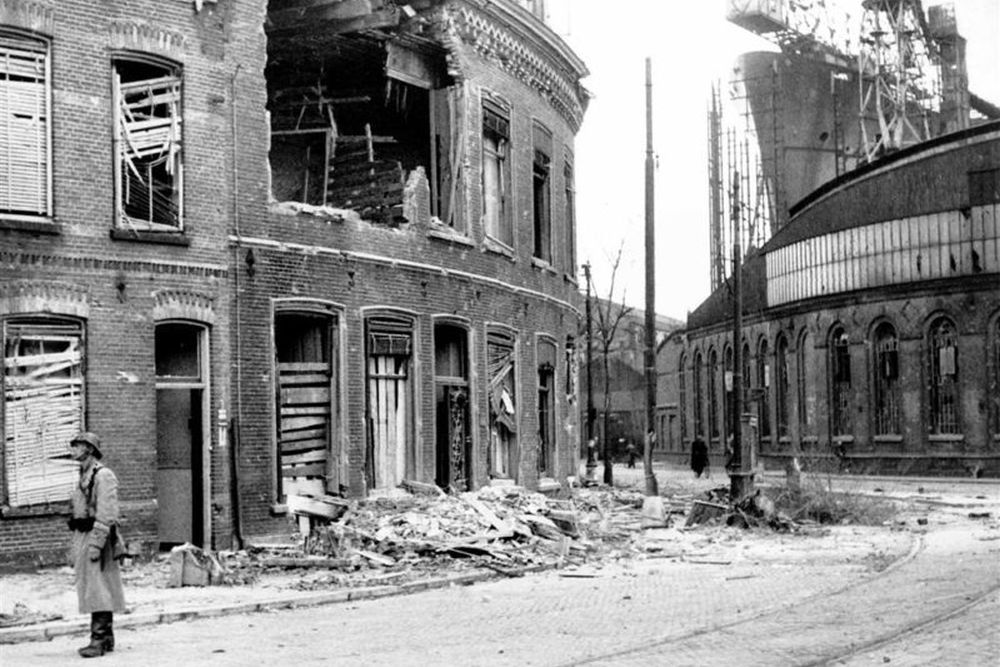Nieuwste artikelen
- Article by Wilco Vermeer
- Published on November 14th, 2024
Surrender of Fort Pannerden
Near the village of Doornenburg, in an area previously known as West Pannerden, the former armored fortress Fort Pannerden is situated on a headland that splits the water originating from the Rhine river into the Waal river and the Pannerdensch Canal. Only two battles were waged for the fortress, during its entire history since its completion in 1871. The last time was in 2006, when squatters were expelled from the fort by riot police, assisted by the defense department. The first and only other time was on May 10th and 11th, 1940, when Germany invaded the Netherlands. In both cases, the siege of Fort Pannerden lasted about two days and there were no casualties. On May 10th, 1940, the German invader initially ignored the fortress, only to force it to surrender on May 11th at 19.30 hrs.
- Article by Jacob Benoit
- Published on October 5th, 2024
Battle of the St. Lawrence
The Battle of the St. Lawrence was a lesser known yet critical chapter in the Second World War, where Canada faced direct enemy attacks on its home territory. It was a localized manifestation of the larger Battle of the Atlantic, with the primary objective of the German Kriegsmarine being the disruption of vital supply lines between Canada and its allies, primarily Great Britain and the Soviet Union. These supply lines were essential, as Canada had become a significant contributor to the war effort, supplying vast amounts of military equipment, materials, and resources.
- Article by Joël Stoppels
- Published on September 15th, 2024
Battle for the Twente Canal
The period of static actions along the winter front of the Meuse and Waal ended for the First Canadian Army on February 8, 1945. For the Canadians, operation Veritable began, an Allied pincer movement, meant to force the German troops out of the area between the Rhine and the Ruhr.
- Article by Pieter van Wijngaarden
- Published on February 29th, 2024
August-Euler-Flugplatz in Darmstadt
Which university in Europe has its own airport? The Technical University in Darmstadt does have one, due in part to the presence of a special wind tunnel. At the airport there is still this remarkable tall building containing large fans. It was a design by Dr.-Ing. Nicolaus Scheubel built in the years 1934-1935, commissioned by the Technical University-Darmstadt-Griesheim. Here air currents were calculated on military aircraft designs for Nazi Germany. In the final days of World War II, the facility was dismantled and destroyed to prevent it from falling into American hands.
- Article by Kaj Metz
- Published on February 27th, 2024
Árpád Line
"It is beyond dispute that defence merely postpones the decision, even in the best-case scenario. Victory – in other words: imposing our will on the enemy – is only possible through attack. Even then, it is an age-old tradition for the defender to set up fortifications. If he loses, it is not due to the construction of his fortifications. He finds himself in that defensive position because he perceives himself as weak. Without the defender’s fortifications, the task of the aggressor becomes only easier. We can only hear the voice of the victor after a concluded battle, and no one will grapple with the next problem: how much effort was required for him to achieve this victory?" -Colonel of the Engineer Corps and architect of the Árpád Line, Hárosy Teofil-
- Article by Peter Kimenai
- Published on January 14th, 2024
Air raid on Pearl Harbor
December 7, 1941, an early Sunday morning on the American naval base Pearl Harbor. Oahu on Hawaii. It looked like the beginning of every other day in this tropical paradise. The crews of the many ships and men on the military air fields were preparing for the coming flag ceremony and Sunday services. At 07:55, the silence was rudely shattered by the roar of 184 aero engines.
- Article by Peter Kimenai
- Published on October 22nd, 2023
Battle of the Coral Sea
The battle of the Coral Sea, which took place from May 4-9 and was fought between the Imperial Japanese Navy and the US Navy, assisted by the Royal Australian Navy (RAN), was an extraordinary occasion in more than one aspect. It was the first sea battle in history to be fought exclusively by aircraft carriers. Also, the aircraft carriers, involved in the Coral Sea battle did not see each other during this battle, which had never happened before. Moreover, it was a battle in which both sides committed serious mistakes, mostly due to inexperience.
- Article by Wilco Vermeer
- Published on July 16th, 2023
Operation Infatuate: Liberation of Flushing
After No. 4 Commando had landed in the early morning of November 1, 1944 on Uncle Beach near the Oranjemolen in Flushing, a fierce battle of the port ensued against the local German troops. Once the 155th Infantry Brigade of the 52nd (Lowland) Infantry Division had taken over the advance, Flushing was liberated after Hotel Brittania had been captured.
